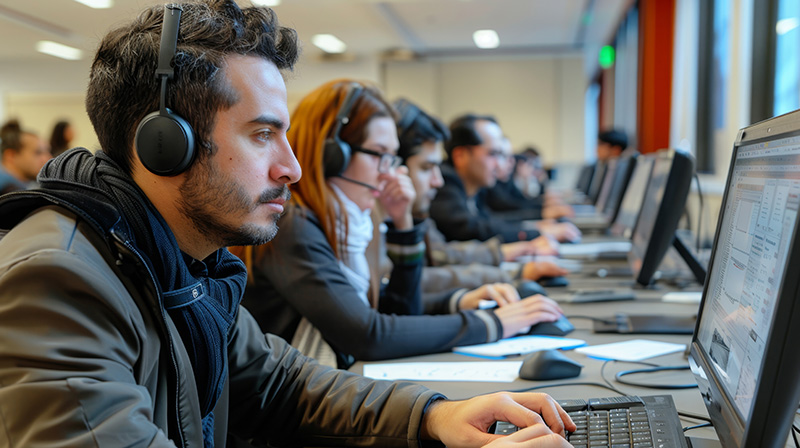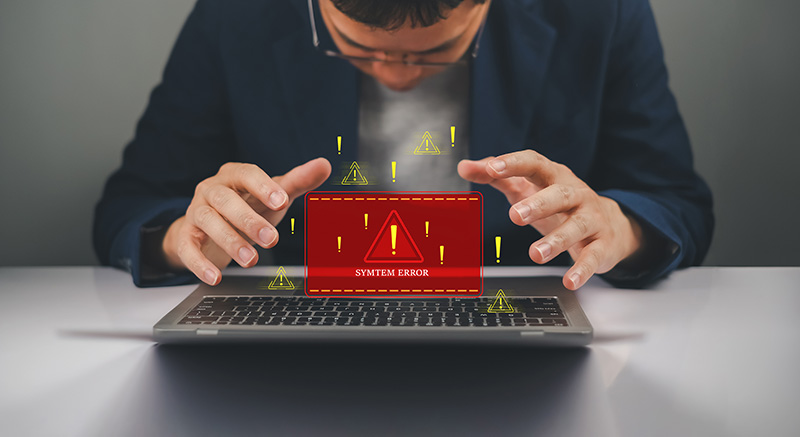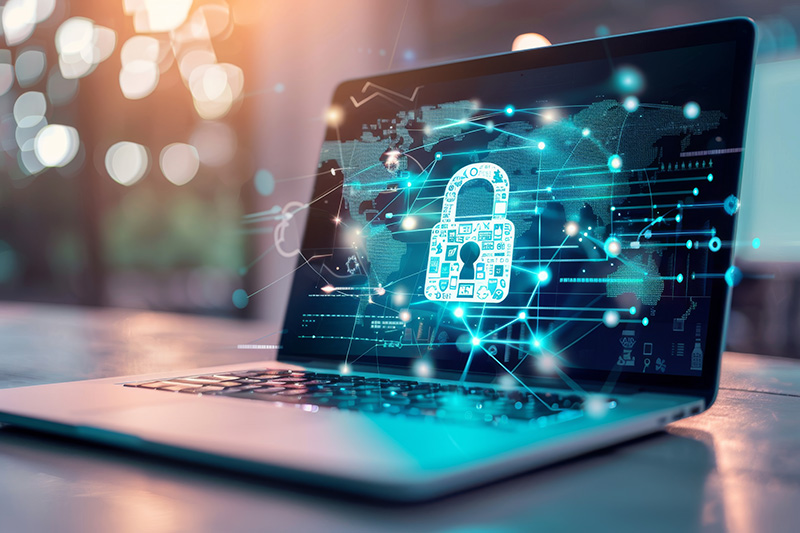LinkedIn suffered a data breach in 2012, and at the time, the professional networking site believed that only a few million login credentials were stolen. Fast forward nearly four years to the present day, and LinkedIn’s stolen data from 2012 walk the streets of the dark web looking for a willing buyer. However, that few million suddenly looks a whole lot more like 100 million.
Allegedly, among this group of stolen credentials, exists the profile of the king of social media himself, Mark Zuckerberg. And how exactly did sources like CNET and Engadget come to this conclusion? Well, a popular hacking group by the name of OurMine was able to infiltrate Zuckerberg’s rarely used Twitter, Pinterest, Instagram, and LinkedIn accounts, and during the defacement of Zuckerberg’s Twitter account, references were made to a LinkedIn database. His accounts were restored quickly and all proof of the hack was eliminated from his profiles. HOWEVER, this brings three very important things to the surface:
- Like Engadget states, it doesn’t matter how old your accounts are or how often they are used. They are still subject to hacking.
If you have old accounts that you no longer use, revisit these sites and delete the accounts. There’s no point in keeping them active if you aren’t active on them. If you absolutely need these accounts to remain open, then do yourself a favor and make sure that the passwords you have protecting these accounts are fresh, unique, and strong.
It’s also recommended to change passwords about as often as you change your toothbrush. Will you remember to come back to these accounts and update your login credentials? If not, you may need to reconsider keeping them open.
- If you use the same password for multiple accounts, one hack can quickly escalate to many hacks.
Since Zuckerberg is such a high-profile figure, for this group of hackers, attempting to hack his other accounts was simply a natural reaction, and the first thing a hacker will do in this instance is plug-and-play with the credentials they’ve already hacked. Aside from his Facebook account, Zuckerberg used the same credentials for each of his social profiles – clearly not a smart move.
Although we all aren’t as high-profile as Zuckerberg, there’s always going to be someone out there who wants something you have. Don’t make things so easy for them. Keep your passwords unique for each online account you have. Even if they’re different by one measly number, that’s better than nothing.
- According to The Wall Street Journal, Zuckerberg’s password was “dadada.” This isn’t what we’d necessarily call a difficult password to crack.
Every person should know the basics of password creation, especially someone like Mark Zuckerberg who is partially responsible for securing the accounts of millions of active Facebook users. But apparently, these fundamentals must have slipped his mind… and stayed slipped for the last four years…
When you create a password, make sure it’s a legitimate password and that it looks nothing like “dadada.” Shoot for phrases with misspellings of words and random numbers and characters. Stay smart and keep these combinations simple to remember but hard to crack – which is more doable than you might think.




